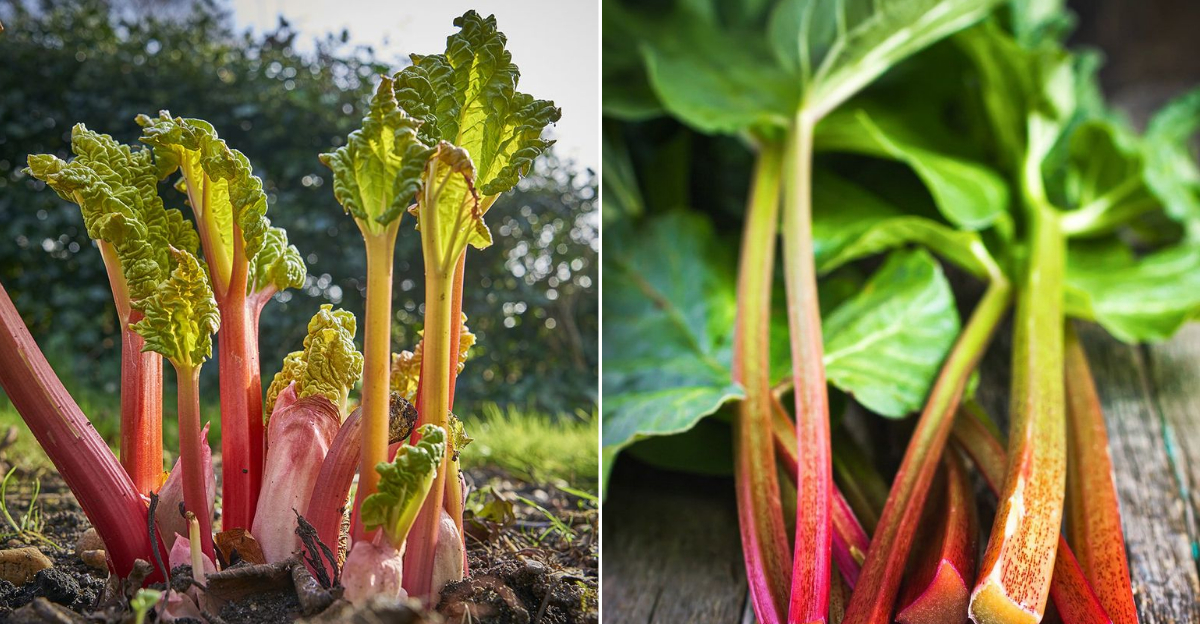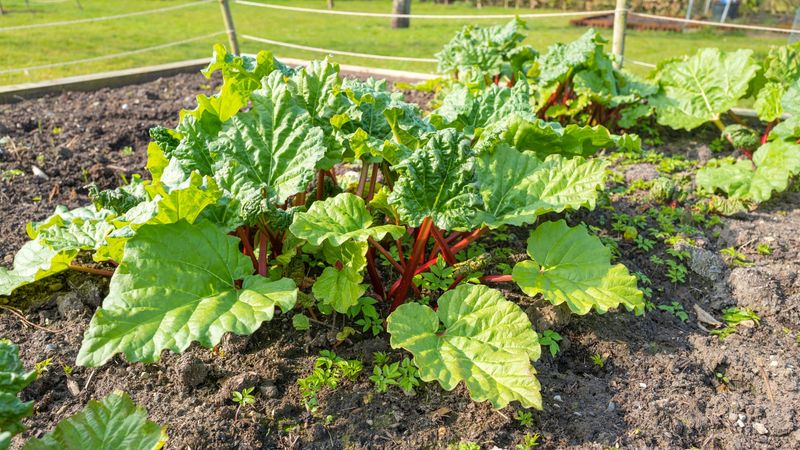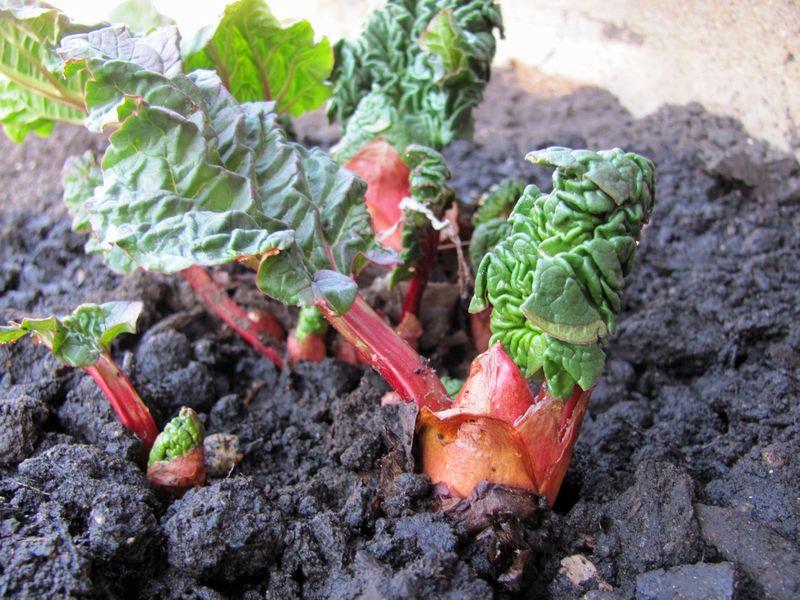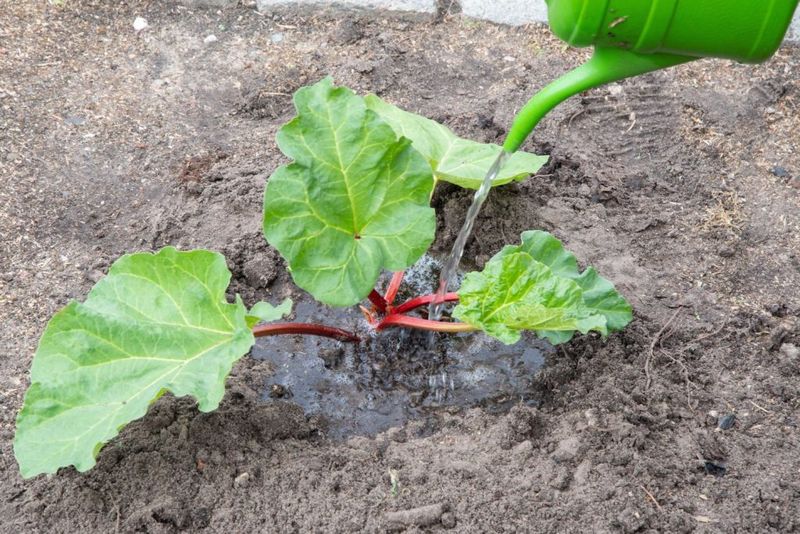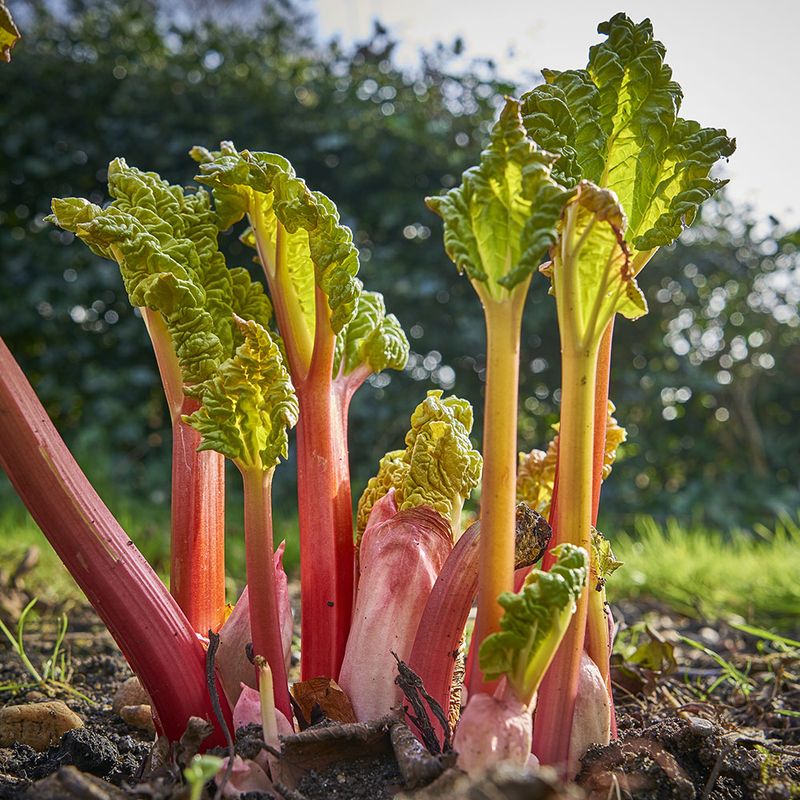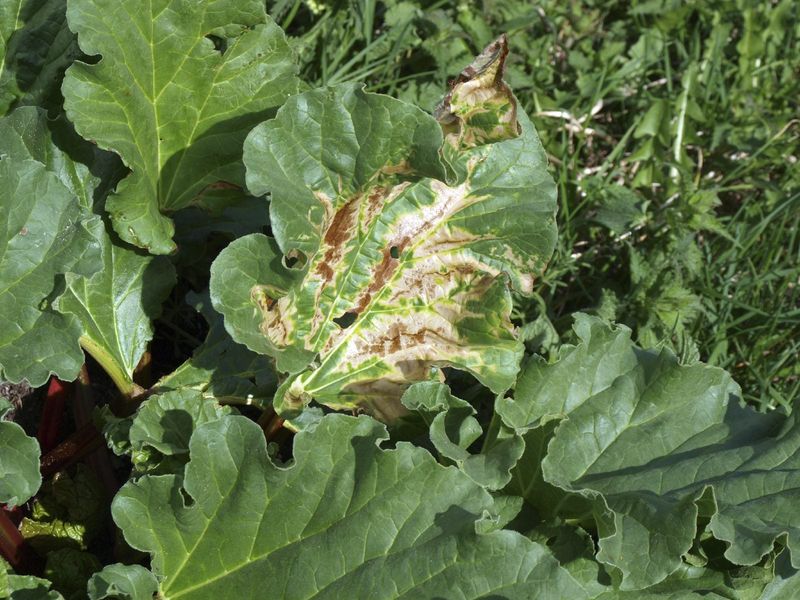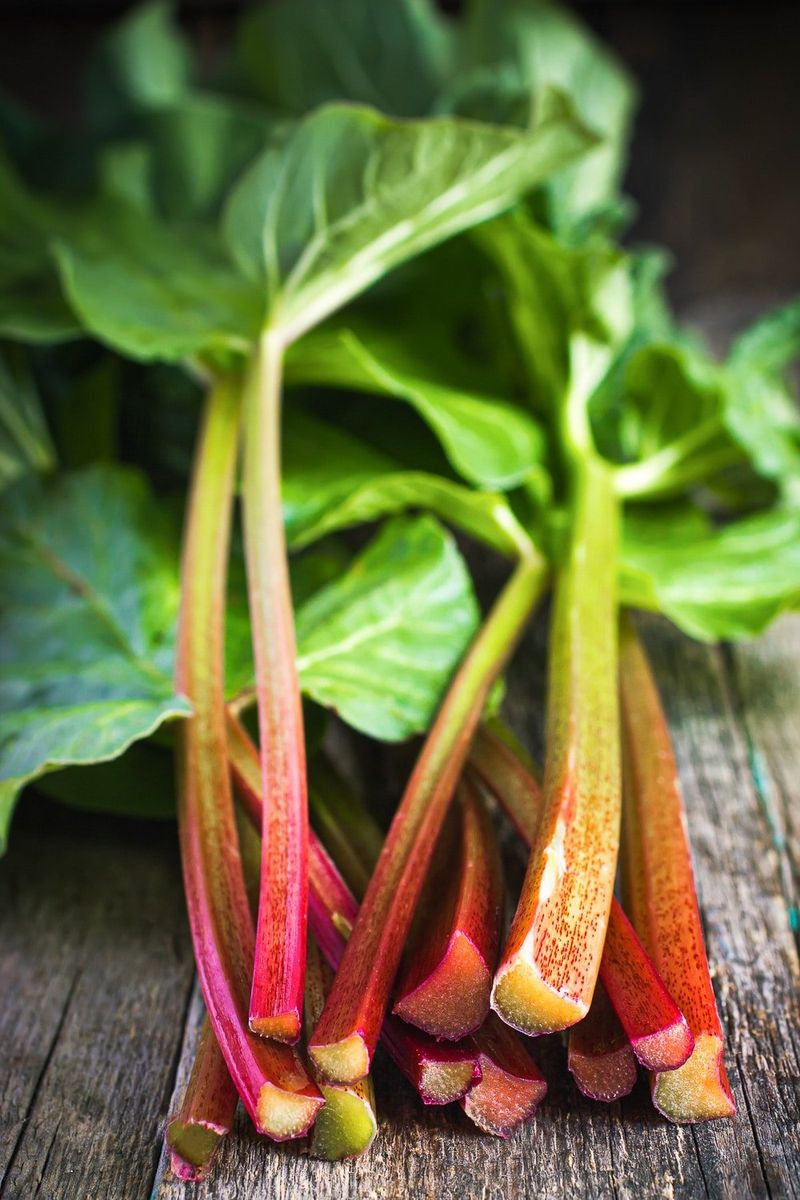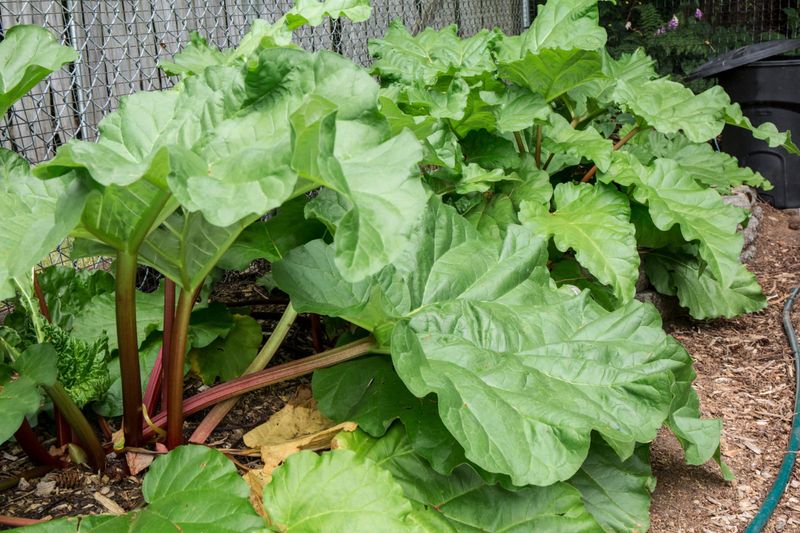Rhubarb, with its vibrant stalks and tangy flavor, is a beloved addition to many gardens. Whether you’re a seasoned gardener or just starting out, ensuring a bountiful rhubarb harvest requires some know-how.
From choosing the right spot to understanding its watering needs, these tips will guide you towards cultivating healthy and productive rhubarb plants.
Embrace the joy of gardening and let these insights lead you to a successful harvest that delights both your senses and your table.
1. Choose the Right Location
Selecting the ideal location for your rhubarb is crucial to its growth. Rhubarb thrives in a sunny spot with well-draining soil. Ensure it receives at least six hours of sunlight daily. Avoid areas where water tends to collect, as rhubarb dislikes soggy roots.
Consider the plant’s mature size; it requires ample space to spread its leaves. When planning your garden, think about future growth and rotation.
Keeping the area weed-free supports optimal growth. By choosing wisely, you set the stage for a robust rhubarb patch that rewards your efforts with lush, vigorous plants.
2. Prepare the Soil Properly
The foundation of any successful rhubarb garden is well-prepared soil. Begin by testing the soil’s pH, aiming for a slightly acidic range between 5.5 and 6.8. Enrich the soil with organic matter like compost or well-rotted manure to boost fertility.
Loosen the soil to aid root development and drainage. Regularly check soil conditions, as rhubarb thrives in moisture-retentive yet well-draining environments.
By investing time in proper soil preparation, you’re creating the ideal conditions for your rhubarb to flourish and yield an abundant harvest season after season.
3. Understand Watering Needs
Rhubarb plants have specific watering needs that must be met to encourage healthy growth. Aim to provide consistent moisture, especially during dry spells, without overwatering. Rhubarb prefers deep watering to promote strong root systems.
This method involves soaking the soil thoroughly rather than frequent shallow watering. Monitor the soil’s moisture level by checking it regularly. If the top inch of soil feels dry, it’s time to water.
Remember, too much water can lead to root rot, so balance is key. Proper watering enhances your rhubarb’s resilience against drought and ensures lush stalks.
4. Fertilize Thoughtfully
Thoughtful fertilization is essential for nurturing robust rhubarb plants. Use a balanced fertilizer in early spring as growth begins. This supplies necessary nutrients, giving plants a strong start.
Opt for organic options to maintain soil health and support eco-friendly gardening practices. Avoid over-fertilizing, which can harm the plant and reduce productivity. Apply fertilizer evenly around the base, avoiding direct contact with leaves or stalks.
Regularly assess the plant’s health to adjust feeding schedules. With mindful fertilization, your rhubarb will flourish, producing vibrant, flavorful stalks ready for harvest.
5. Monitor for Pests and Diseases
Keeping pests and diseases at bay is vital for a thriving rhubarb garden. Regularly inspect plants for signs of trouble, such as discolored leaves or holes.
Common pests include aphids and slugs, which can be managed with natural remedies like neem oil or diatomaceous earth. Practice crop rotation and maintain garden hygiene to prevent diseases like crown rot.
Remove any affected plant parts promptly to stop the spread. Proactive care not only protects your rhubarb but also ensures that your garden remains a healthy and productive space.
6. Practice Proper Harvesting Techniques
Mastering the art of harvesting ensures continued rhubarb production. Harvest only mature stalks, leaving at least a third of the plant intact to encourage regrowth. Grasp each stalk near the base and pull gently while twisting for a clean cut.
Avoid cutting with a knife that can damage the plant. Harvest during cooler parts of the day to reduce plant stress. By implementing these techniques, you promote the plant’s longevity, allowing it to provide a steady supply of delicious rhubarb for years to come.
7. Plan for Seasonal Care
Seasonal care is key to sustaining rhubarb plants through varying weather conditions. As winter approaches, apply a thick layer of mulch to protect roots from freezing temperatures. In spring, remove mulch gradually to encourage growth.
Monitor plants for frost damage, and provide additional protection if necessary. Throughout the growing season, keep an eye on weather patterns and adjust care practices accordingly.
Thoughtful seasonal care ensures that your rhubarb remains healthy and productive, ready to burst back to life when the conditions are right.
